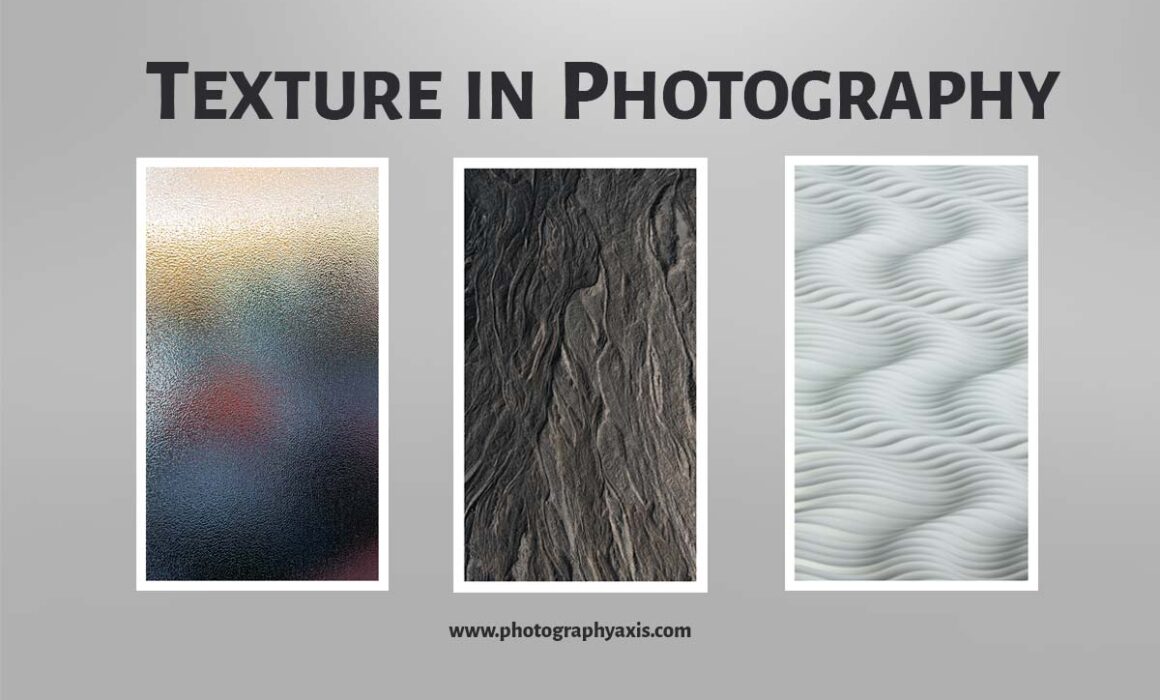Texture in Photography – How to Use it to Your Advantage?
As a photographer, you will be interested to capture stunning images. So, it is essential to know all the necessary ingredients to create a stunning image. The texture in photography is one such ingredient that you can use either alone or with other elements. In order to use this element in the right way in your image, you must know everything about it.
After going through this article, you will get a clear-cut idea on how to use texture in your images. So, let us get started.
What is Texture in Photography?

The texture means the surface quality of the object. In photography, the texture helps to make the image look more meaningful. It makes the photo more vibrant and appealing to the viewer. It shows the variation in depth, shape, and color of the subject.
Camera Gear for Texture Photography

Camera Body 📷
For best results use a mirrorless or DSLR camera with appropriate lenses. You can also use a point and shoot camera or a smartphone camera to capture good textures.
Lens
You can use any type of lens to capture textures. But, for best results, I strongly recommend to use a macro lens. It will help you to capture all the details in the texture in the best possible way.
The type of lens that you use will depend on your photography type. For example, if you are a bird photographer who is interested to capture the beautiful texture on the bird, then you won’t be able to use a macro lens since the bird will not come that close. So, you will have to use your long telephoto lens to capture the bird with its beautiful texture in the wings.
Lighting 💡
When you use a macro lens, you will be trying to get closer to the subject. So, the amount of light that enters the lens will be less. You will have to depend on artificial lights in this situation. You can invest in a good external flash with a diffuser.
Tripod
If you are really serious in capturing lovely textures, use a solid tripod. It will help to avoid the camera shake, if any.
The camera shake can result in image blur, especially when you shoot at slower shutter speeds. A tripod will help you to shoot at slower shutter speed with lower ISOs. Thus, the noise can be reduced in the image.
Camera Settings 📸
If you are shooting the texture alone, you can switch to manual mode in your camera. You want everything to be in focus in the picture. If it is an almost flat surface, go for an aperture of f8.0. If the surface is slightly curved, you will have to increase the f-number. You can try increasing up to f16.0 and use an appropriate one.
Next comes the shutter speed. You can use the thumb rule for shutter speed selection. For example, if you are using a 100mm lens, set 1/100 as the shutter speed.
Now, you will have to set the ISO. Try to use lower ISO values to ensure zero noise in the image. Try to use an ISO range of 100 to 400.
With these three settings, ensure that the scene is properly exposed without any burnt highlights or crushed shadows in the picture.
You can set the white balance to Auto.
How to Use Textures to your Advantage? 🚀
There are two ways you can use the texture in your pictures.
Texture as the Subject

Sometimes you can capture the texture alone in your frame. In order to capture it, you will have to get closer to the subject in most situations. A macro lens or a telephoto lens will be very useful in this situation.
A macro lens will help to capture all the details in the texture to make it an aesthetically pleasing one. Such images are good examples of abstract photography.
When you capture the patterns on zebra or tiger using your telephoto lens, it is a good example for an image with texture as the main subject. You can see the beautiful texture of the animal’s skin with interesting patterns.
Texture as One of the Compositional Elements
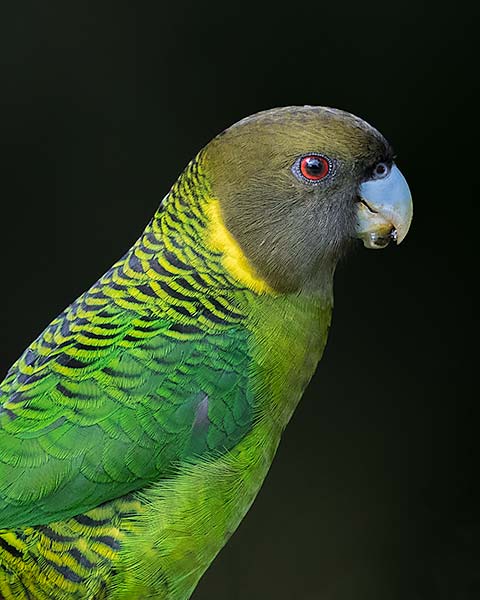
When you photograph a bird portrait or a landscape image, the entire scene may not be having texture alone. In these images, the texture be will used as one of the elements of composition.
If you see the above portrait of the bird, you can see that I have used the texture of feathers of the bird to bring the picture into life. Imagine, there are no feather textures visible in the image, then the picture will look dull and interesting. It is how texture plays an important role in image composition.
Different Types of Textures
The thing with textures is that there are different types of textures out there. The texture that you can capture from rock will be completely different from that in water. I will list out some of the commonly seen textures that you can photograph.
- Gritty
- Soft
- Sharp
- Rusty
- Dusty
- Fuzzy
- Rough
- Lumpy
- Hard
- Smooth
- Spongy
Where to Find Textures? 🤷♀️
As an amateur photographer, you will be interested to know where you can find good textures.
Best Examples for Textures to Capture 🕺🏻
You can find many good textures around you that can be captured beautifully in your camera. Some of the good textures that you can try photograph are given below.
Rock
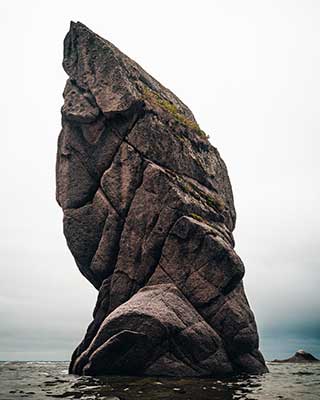
You can find beautiful textures in rocks. The texture will vary for different rocks. Try to capture these textures next time.
Tree

Tree barks produce a completely different and unique texture. It will vary with age and type of the tree. Some trees are known to produce great textures.
Clothes & Garments

If you want to shoot textures at home, then you can check your shirts, pants, and other clothes. You can capture different varieties of textures in different shades and designs.
Plant Leaf
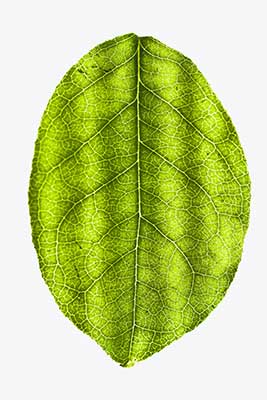
You can see different types of leaves around you, both small and big. The texture will vary for each of these leaves. Also, the texture on front part of the leaf will be different from that on the bottom part.
7 Tips to Capture Beautiful Textures in Your Images 😎
I will share 7 tips that will help you to capture stunning textures.
1. Play with Depth of Field
Don’t always go for a wider depth of field, capturing everything in focus. You can try playing with the depth of field.
Go for a shallow depth of field and see its impact on the image. Some scenes will look beautiful when you blur some of the areas of the image. So, give it a try. I will share 7 tips that will help you to capture stunning textures.
2. Play with Light

Light plays an important role in all types of pictures. As you know, there are different types of natural lights as well as artificial lights. The feel and mood of the texture is fully dependent on the type of light falling on it.
Some textures look good on soft light whereas others look best in harsh light. You will learn it through experience only since there are multiple texture types out there.
3. Image Retouching 🖥
I strongly recommend to capture images in RAW format. It will help you to edit the images in a better way. You can use any photo editing software that supports editing of RAW images.
If you use Adobe Lightroom to edit your images, you can use the texture and clarity sliders to make the textures in your image pop up. Make sure not to overdo it.
4. Try Landscape & Portrait Orientation
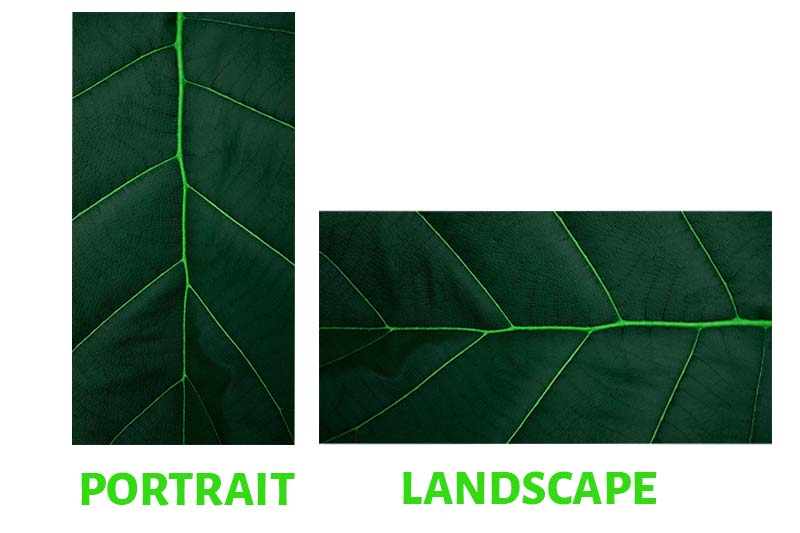
You can capture textures in both landscape and portrait orientation. The choice of orientation is dependent on many factors like the final use of the image and which orientation makes the scene more aesthetically pleasing, etc.
You can point your camera in both the orientation and see the difference. The pattern of the texture plays a major role in selecting the orientation of the photo.
5. Try Different Aspect Ratios
As you know most cameras, DSLRs and Mirrorless captures image in 2:3 aspect ratio by default. So, don’t restrict yourself to this ratio. You must try other aspect ratios also.
Some photos look good in square formats or other aspect ratios. You can change the aspect ratio of the image during the editing process. Use the crop tool in your image editing software and try with different crop ratios.
6. Break the Texture pattern
Most of the texture shot in abstract form will have certain pattern. It is one of the most common ways of capturing a texture. You can try doing something different by introducing a new element into the frame that breaks this pattern.
You must be very careful when you do it. The element that you introduce must not create any imbalance in your composition. You must ensure to maintain the harmony in the picture.
7. Try Black & White
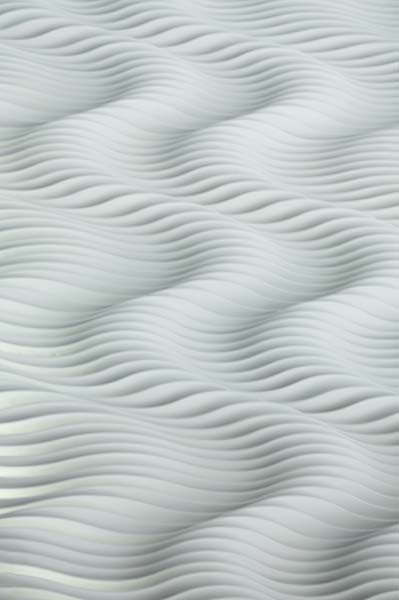
Some textures look good in black and white than color. You can capture the image in color in RAW format. Later, when you sit in front of computer for editing the picture, try black and white.
If the scene looks good in the monochrome look. You can generate the final image in black and white.
Texture Vs Detail
When you photograph textures, you can make the picture aesthetically more pleasing if you can capture more details in the scene. To capture maximum details, try to use good lighting system along with an appropriate macro lens. Lack of details in the picture will make it dull and uninteresting for the viewer.
When the viewer looks at an image that depicts a particular texture, he must be able to feel the surface through his eyes. You can only do it through the details in the image.
Conclusion
Now you know how to use textures in your images. Next time, when you are out for photography, you can try photographing textures. If you are a newbie in photography, then make sure to learn the photography basics. You can find many articles related to photography tips that will help you to improve your photography skills.

